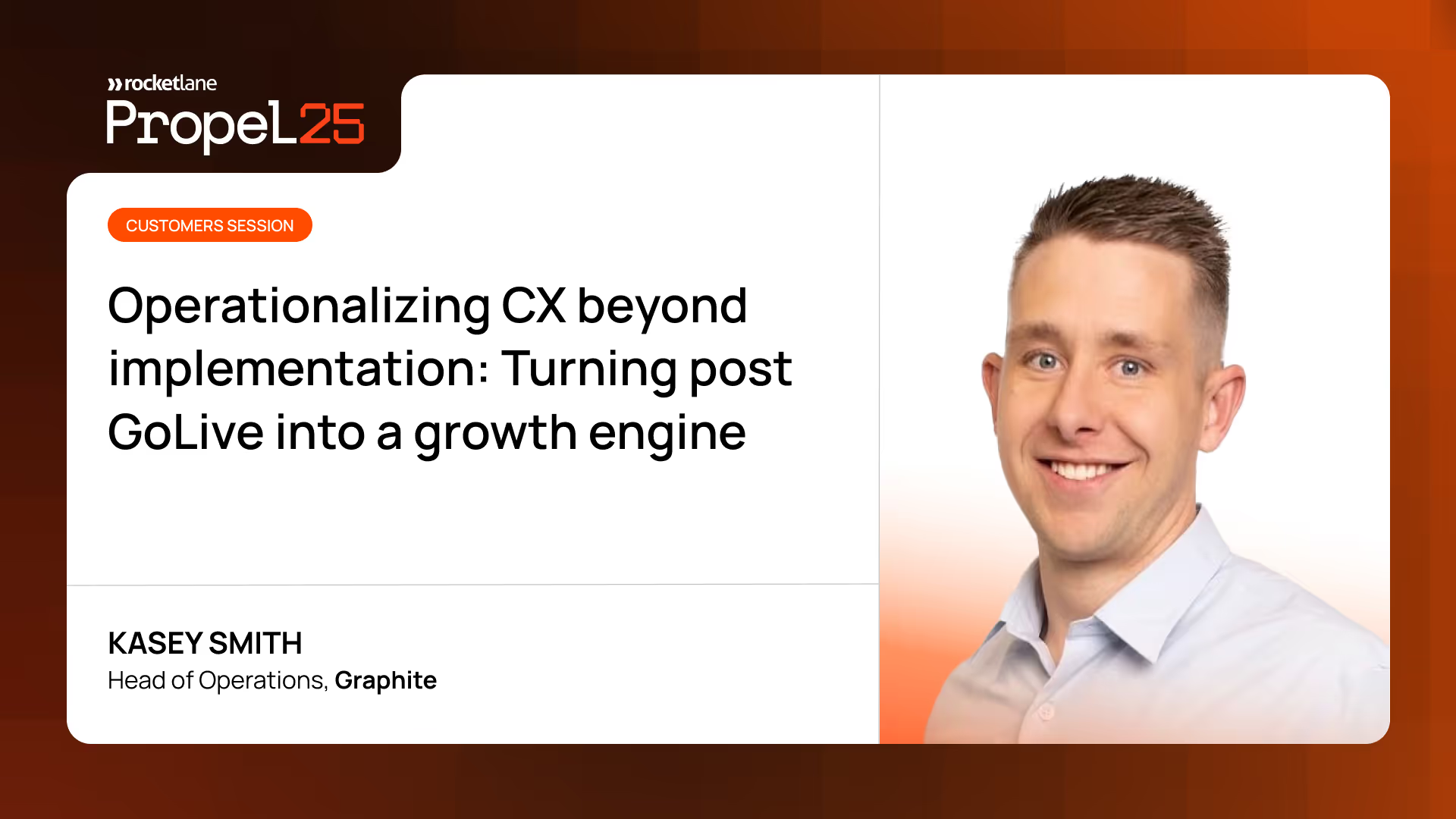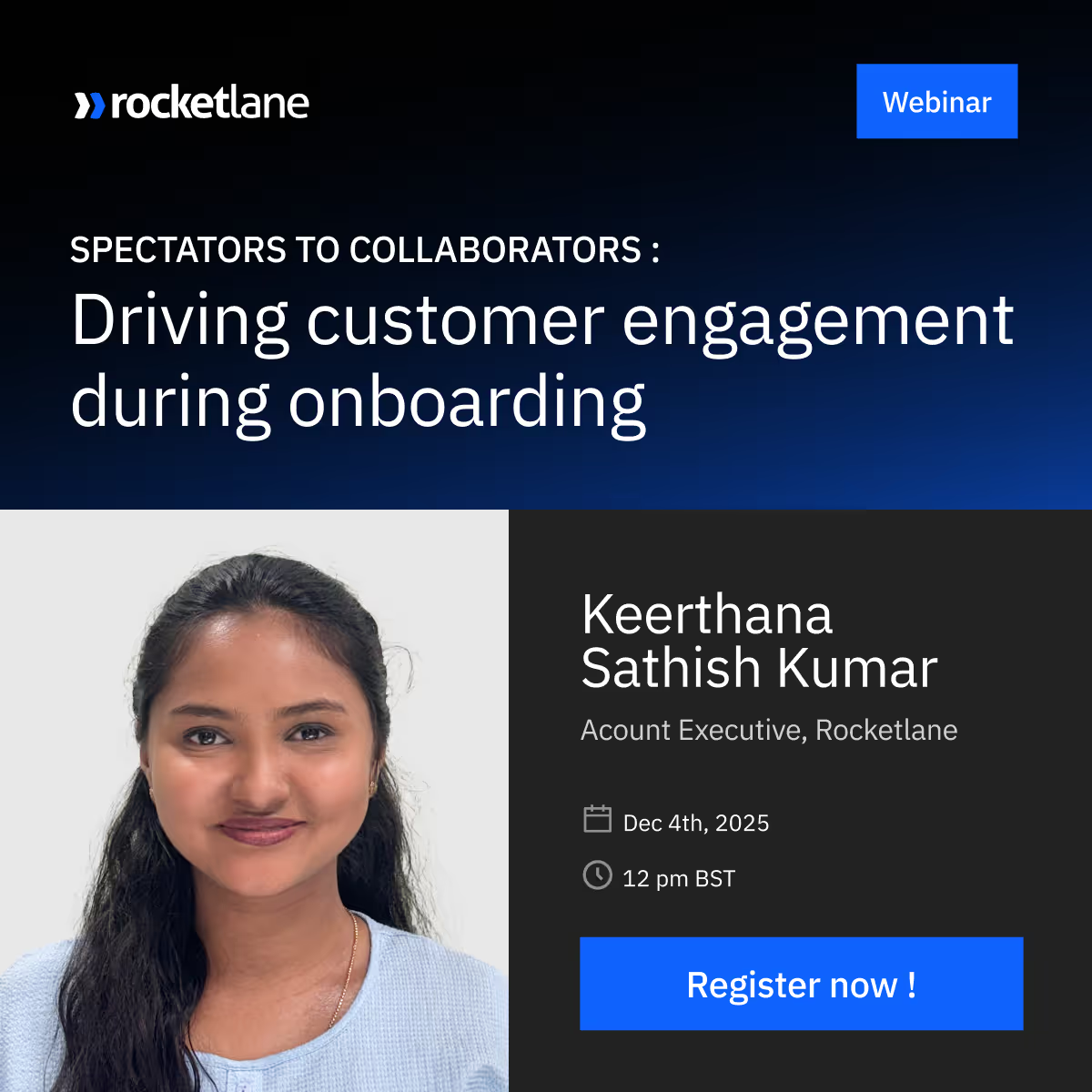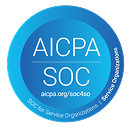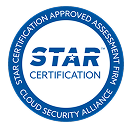Too many teams still treat implementation as the grand finale. In reality, it’s just the opening act. For businesses with long-tail onboarding and complex products, the real work—and the real opportunity—starts after go-live.
That’s where customer expectations (CX) shift. And if you’re not ready, you’ll bleed value fast.
Kasey Smith, Head of Ops, CX & Integrations at Graphite Connect, took the stage at Propel25 to break down how to build a structured, scalable CX engine that drives renewals, uncovers expansion opportunities, and protects margins.
Read on for the key takeaways from the session.
Why go-live is actually just the handoff
For companies with flexible, enterprise-grade products, implementation is rarely a clean break. Customers hit go-live expecting stability, but often run into a steady stream of configuration changes as their use cases evolve. Without a plan, these requests pile up, overwhelm teams, and erode trust.
At Graphite Connect, this tension led to two pivotal shifts:
- Rethinking the Customer Success Manager (CSM) role
The traditional CSM model didn’t work. Legacy CSMs were comfortable with relationship management—QBRs, renewals, and email check-ins—but lacked the technical aptitude needed for a highly configurable product. Graphite rebranded the role to "Technical Account Manager" (TAM), signaling a shift in expectations. They hired technically curious people—those willing to test configuration changes, write support tickets, and fully understand the product’s technical footprint. Overnight, the talent pool shifted to match the new demands of the role. - Treating CX like product sprints
Rather than reacting ad hoc to post-go-live change requests, Graphite adopted a sprint-based approach—borrowing from the engineering playbook. Each month, the team runs a release cycle for configuration updates, just like they do for code. Customers submit change requests by a specific date. These changes enter UAT, get tested, and roll out with the regular release. This created predictable rhythms for everyone involved.
Why the CX tech stack should ideally start—and stay—in one place
Most teams are tempted to switch platforms after onboarding. Graphite realized that customers had already built familiarity and trust inside Rocketlane. They were used to the interface, the workflows, the rhythm of engagement. Introducing a new CX tool would disrupt that momentum.
Instead of adding friction with another tool, they extended Rocketlane to power post-go-live collaboration. A new “Ongoing CX” project spun up after implementation, with a kanban board tracking every request against the sprint calendar.
All configuration requests post-go-live are now tracked in Rocketlane. This setup provides structure:
- Customers raise requests
- TAMs evaluate and act
- Larger requests get routed back to implementation as full projects
How post-go-live data feeds pricing, planning, and renewals
Graphite built a pricing tool like most SaaS companies that helps teams estimate implementation costs and set contract terms. But estimating without real-time post-go-live data is little more than guesswork. Initially, sales teams priced deals based on rough assumptions. Once customers went live, there was no systematic way to understand the ongoing load they placed on CX teams.
The operational data from Rocketlane helped rewire Graphite’s pricing model.
Instead of treating all customers equally, Graphite moved to usage-based renewals. Contracts now include a defined number of configuration hours, based on customer size and value. At renewal, teams review how much time was actually spent to guide their revised approach.
4 key takeaways from operationalizing post-go-live CX
Graphite Connect’s model shows what happens when you treat implementation and post-go-live as a single, continuous experience.
Here are four lessons from their approach:
- Build a sprint-based framework for ongoing CX
Don’t leave post-go-live work to chance. Use structured sprints to bring clarity, predictability, and speed to configuration requests. - Triage and prioritize like an ops team
Create a disciplined intake process. Log requests, assign owners, and track progress, just like product or engineering would. - Loop customers into the process, not just the outcomes
Make them part of the planning cycle. Set shared goals, define sprint scopes together, and build accountability on both sides. - Elevate post-go-live from support to strategy
Treat this phase like a product function. Think of it as beyond fixing issues; think of it as actively shaping how the customer experiences and expands with your platform.
Check out the rest of our Propel25 recaps here for more insights from the industry’s best.















